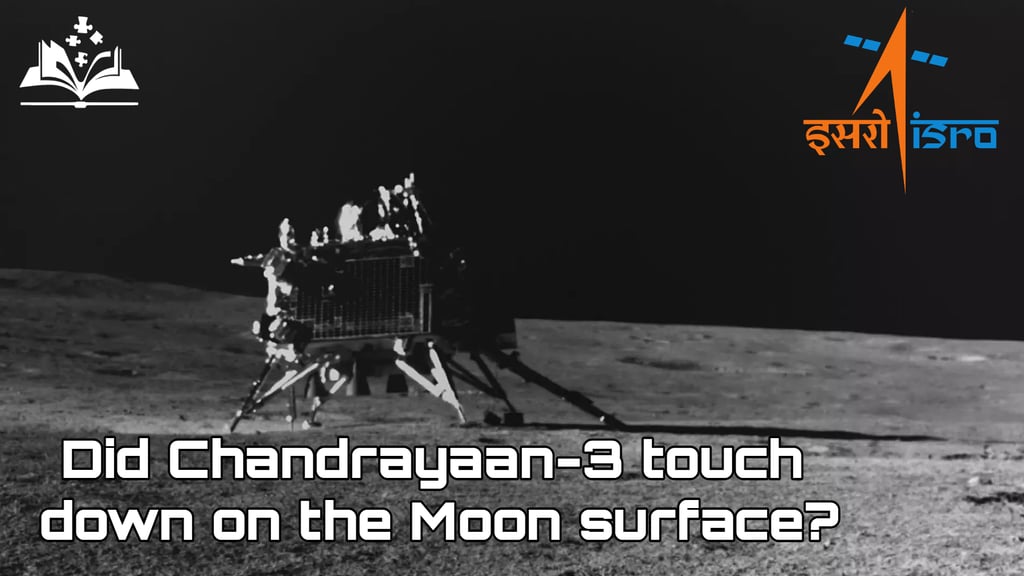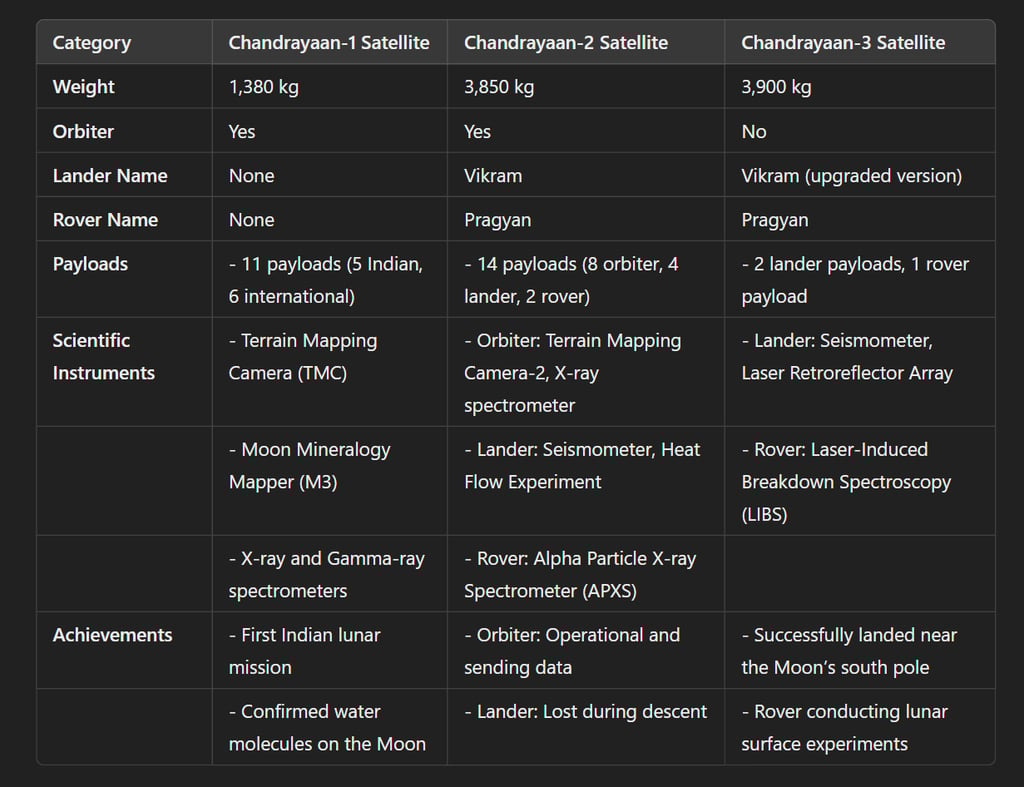
Chandrayaan-3 Touched Down Like a Feather, Didn’t Kick Up Much Dust?!
Landing on the surface of the Moon is no easy task. Powerful engines must be fired to slow the spacecraft and descend in a controlled manner. However, this engine exhaust can interact with the lunar surface, leaving behind a plume of dust and debris.
SPACE/TECHSPACE MISSIONISRO/NASA
Keshav Jha
4/5/20242 min read


India’s Chandrayaan-3 mission etched its name in history on August 23, 2023, with an extraordinary feat: an incredibly gentle landing on the lunar surface. Despite the powerful engines required for descent, the lander managed to touch down like a feather, barely stirring up any lunar dust. A recent paper presented by ISRO scientists at the Lunar and Planetary Science Conference in Texas sheds light on this remarkable achievement.
The Art of Soft Landings
Landing on the surface of the Moon is no easy task. Powerful engines must be fired to slow the spacecraft and descend in a controlled manner. However, this engine exhaust can interact with the lunar surface, leaving behind a plume of dust and debris, potentially causing several problems:
Equipment Damage: Massive dust clouds can damage sensitive equipment.
Visibility Obstruction: Dust plumes obscure the view of the landing site.
Sample Contamination: Scientific samples collected by rovers or astronauts can be contaminated.
Previous lunar landing missions, including the famous Apollo missions and China's Chang'e-3, had raised plumes of dust to 60 meters (about 200 feet) high. These challenges underline the importance of Chandrayaan-3's achievement.
Minimal Dust Disturbance
Chandrayaan-3's lander Vikram dashed expectations. It raised a dust cloud of only 8.7 to 12 meters (28 to 39 ft), as shown by images taken by cameras on the lander, Chandrayaan-2 orbiter, and rover Pragyan. Furthermore, the area affected by the dust spill was relatively small – covering only 145 square meters (about 1,560 square feet) – extending about 17 meters (56 ft) in one direction and 14 meters (46 ft) in the other direction. Was.
The soft touchdown revealed that the lander's design and engine configuration were optimized for minimal contact between the engine plume and the lunar surface. Chandrayaan-3's achievement probably resulted from a combination of factors, including the lightweight design of the lander, precise control of engine thrust during descent, and the specific properties of the lunar soil at the landing site.
Controlled Descent
Vikram landed between the "Manzinus-U" and "Boguslavsky-M" craters in the Moon's southern hemisphere, which was later named "Shiv Shakti" by Prime Minister Narendra Modi. During descent, all four engines of Chandrayaan-3 operated at an altitude of about 30 kilometers for deceleration and until the lander first hovered at an altitude of 800 meters. After that, only the two diagonal engines remained active until touchdown. When four sensors mounted in the lander's footpad indicated touchdown, the engines shut down within 30 milliseconds, ensuring a gentle and controlled landing on the lunar surface.
Chandrayaan-3's remarkable achievement paves the way for future lunar exploration missions, demonstrating that precise engineering and scientific understanding can turn seemingly impossible tasks into reality. As we continue our cosmic journey, we celebrate India's light touch on the Moon – a testament to human ingenuity and exploration.


Subscribe to our newsletter
All © Copyright reserved by Accessible-Learning
| Terms & Conditions
Knowledge is power. Learn with Us. 📚


